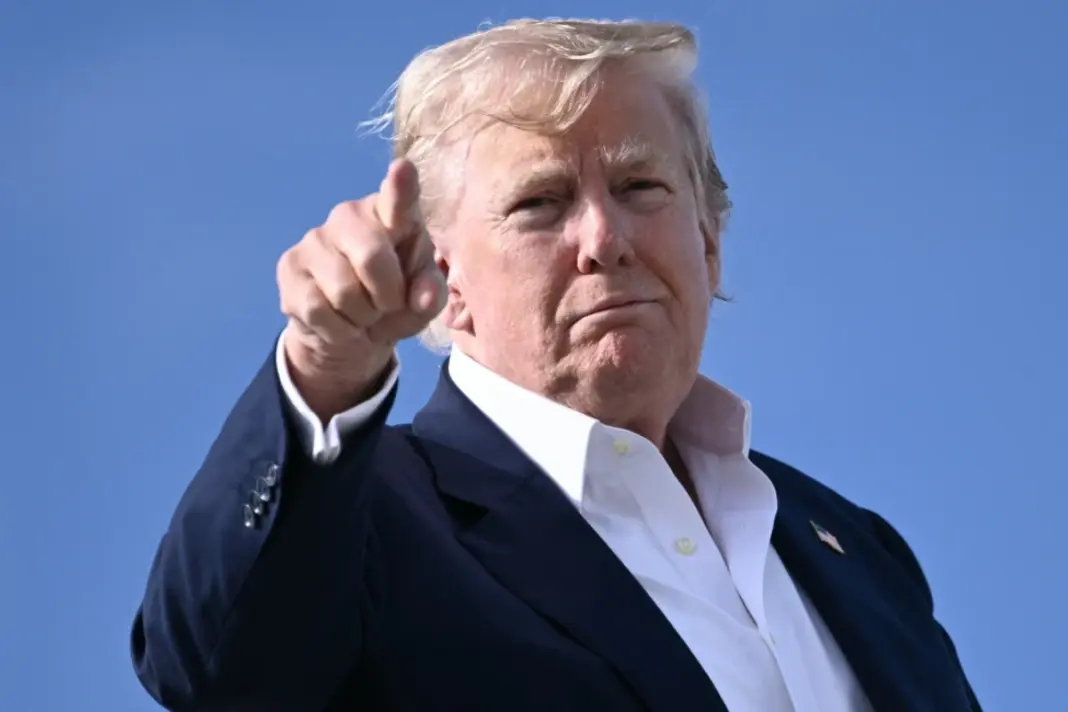India-US Trade Deal: US President Donald Trump said that the tariffs that the US put on India’s sales of Russian oil were a “big blow” to Moscow’s economy. In an interview before his meeting with Russian President Vladimir Putin in Alaska, Trump said that Russia’s economy “is not doing well” and has been harmed a lot by US trade tariffs and threats from around the world.
Announces big tariff cuts for China
The Trump administration has agreed to a 90-day tariff truce with China, which will lower tariffs from over 100% to a temporary rate of just 10%. This is a big step toward easing trade concerns with China. There is still a trade dispute between the world’s two biggest economies, but this deal is a big step toward ending it.
Tariff reduction for a short time, with ongoing levies
The general tariff rate goes down sharply, but the 20% tariff on Chinese goods linked to fentanyl stays in place. In this case, the average tax rate over the last 90 days is therefore about 30%. This carefully balanced approach gives China a big break on tariffs while leaving some sanctions in place to deal with specific problems.
Setting up a Good Setting for Negotiations
The lower tariffs are meant to make it easier for people to work together on future trade talks. Officials from both the US and China hope that the temporary stop to tariff increases—which had reached a peak of up to 145%—will help them reach a more comprehensive deal while also fostering goodwill.
The ceasefire will last longer
President Trump made this de-escalation even stronger by signing an order that will keep the tax freeze in place for an extra 90 days, starting in August 2025. This move puts off more tariff increases and trade talks until later in the year. This gives both sides more time to try to find a middle ground.
Tariffs Still in Place and U.S. Strategic Positions
Even though China was given some relief, some taxes are still in place. Section 232 tariffs on steel and aluminium imports were put in place for reasons of national security, and so are tariffs linked to drug enforcement policies. The fact that tariffs are structured in layers shows how complicated trade ties between the US and China are and go beyond simple tariff rates.
Different Approaches: Taxes on the oil that India buys from Russia
The Trump administration has been tough on other issues, but these tax cuts for China are a change from that. One example is that the U.S. put high taxes (totaling 50%) on India’s purchases of Russian oil. Trump called this a “big blow” to Russia’s economy. India has strongly criticized these tariffs as unfair, showing that the Trump administration’s trade policies are complex and well-thought-out.


